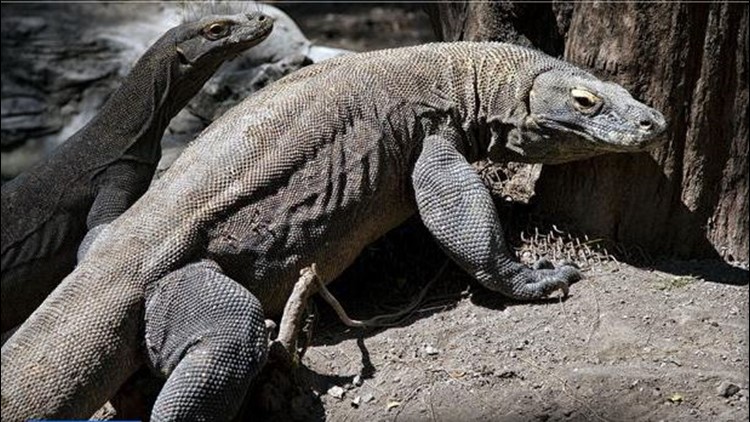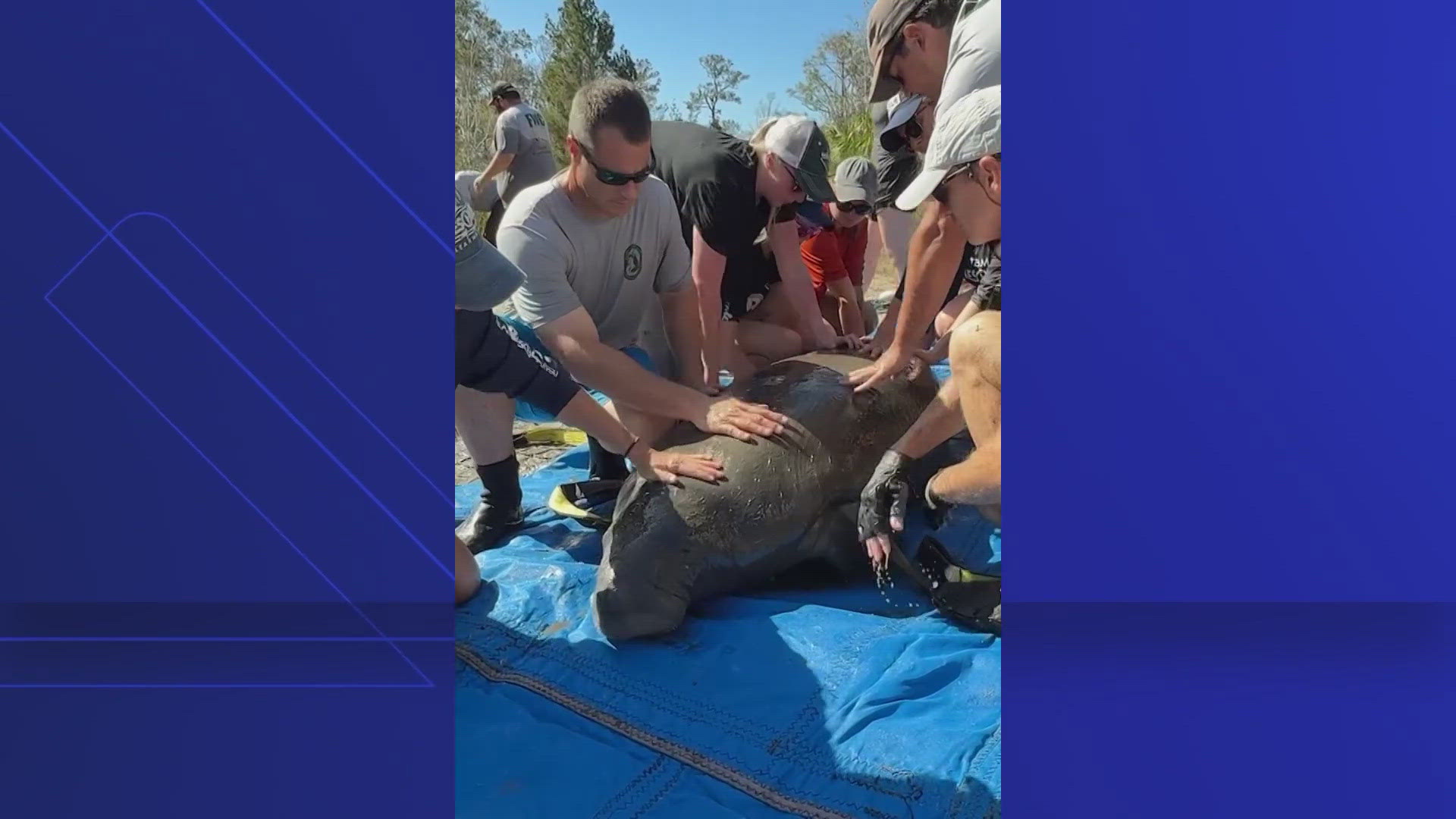The world's largest living lizard, the Komodo dragon, has now been classified as endangered on the IUCN Red List.
Experts believe the cause of the species' endangerment stems from climate change.
According to the IUCN, rising temperatures and sea levels "are expected to reduce the Komodo dragon’s suitable habitat by at least 30% in the next 45 years." The species, which is native to Indonesia and usually only found in the World Heritage-listed Komodo National Park and neighboring Flores, is increasingly threatened.
Experts say Komodo dragons outside protected areas in Flores are also threatened by major habitat loss due to ongoing human activities, which include residential and commercial development and hunting and trapping.
"The idea that these prehistoric animals have moved one step closer to extinction due in part to climate change is terrifying," Dr. Andrew Terry, conservation director of the Zoological Society of London, said in a statement.
Currently, the IUCN reports there are 1,383 mature Komodo dragons across the globe and an estimated 3,458 juvenile Komodo dragons. The population is listed as stable, but experts say the species that exists outside of protected areas may be at risk.
Komodo dragons exist in many U.S. zoos, including Zoo Tampa where they house a Komodo dragon named Titus.



